The way businesses build their teams is changing rapidly. With the rise of globalisation, digital tools, and remote collaboration, companies are increasingly exploring flexible staffing models. Among these, nearshore and offshore staffing have emerged as powerful alternatives to traditional hiring. Innerworks International, a trusted leader in workforce solutions, helps businesses navigate these options to find the best approach for their unique needs.
What Is Traditional Hiring?
Traditional hiring refers to the process of recruiting in-house employees who work physically within the organisation’s premises. This method typically involves job advertisements, interviews, onboarding, and long-term employment contracts. Many businesses still rely on this method, especially for roles requiring constant supervision or a deep connection to company culture. Innerworks International recognises the value of traditional hiring in certain industries but also highlights its limitations, especially when speed, cost, and scalability are top priorities.
What Is Nearshore and Offshore Staffing?
Nearshore staffing involves working with professionals in neighbouring countries or regions with similar time zones, while offshore staffing taps into global talent in distant locations like Asia or Eastern Europe. Both models offer flexible access to skilled workers without the need for local recruitment. Innerworks International specialises in connecting companies with qualified talent through nearshore and offshore arrangements, helping organisations maintain productivity and agility.
Key Differences Between Nearshore, Offshore, and Traditional Hiring
When comparing nearshore and offshore staffing vs traditional hiring, several differences stand out. Traditional hiring offers physical proximity and direct oversight but comes at a higher cost and longer lead times. Nearshore staffing provides time zone alignment and cultural similarities, while offshore staffing is often the most cost-effective but may involve coordination across distant time zones. Innerworks International works closely with clients to weigh these factors and implement a staffing solution that matches their operational goals.
Cost Comparison: Which Is More Economical?
Cost is a key driver for businesses evaluating staffing models. Traditional hiring involves high fixed costs such as salaries, office space, insurance, and employee benefits. In contrast, nearshore and offshore staffing through Innerworks International allows companies to significantly reduce overheads by accessing talent from lower-cost regions without compromising on quality. These models also allow businesses to scale quickly without the financial burden of full-time, on-site employees.
Pros and Cons of Traditional Hiring
Traditional hiring offers several advantages, including tighter control, a stronger sense of company culture, and better alignment with local regulations. However, it also has drawbacks such as higher costs, slower hiring processes, and a limited local talent pool. Innerworks International advises businesses to assess whether the benefits of traditional hiring outweigh the limitations, particularly when competing for tech talent or specialised roles.
Pros and Cons of Nearshore and Offshore Staffing
Nearshore staffing provides many of the benefits of traditional hiring—such as communication and time zone compatibility—without the high cost. Offshore staffing goes further in cost savings but may require more coordination and clear communication protocols. Innerworks International has extensive experience in both models and provides businesses with the infrastructure, support, and processes needed to maximise these advantages while minimising risks.
When Does Nearshore or Offshore Staffing Work Best?
Nearshore and offshore staffing are ideal for companies looking to scale efficiently, manage fluctuating workloads, or expand into global markets. Startups and SMEs benefit greatly from these models as they offer flexibility and access to broader talent pools. Innerworks International supports such organisations by offering custom staffing solutions that align with project timelines, budget constraints, and skill requirements.
When Does Traditional Hiring Work Best?
Despite the rise of remote staffing, traditional hiring still has its place—especially for senior leadership, compliance-sensitive roles, and positions requiring deep collaboration or client-facing responsibilities. Innerworks International helps clients identify when in-house hiring is the most practical solution, often recommending a mix of both remote and on-site models based on business goals.
Hybrid Approach: The Best of Both Worlds?
A growing number of companies are embracing a hybrid staffing model that combines in-house staff with remote nearshore or offshore teams. This approach offers the stability of traditional employees alongside the scalability and efficiency of outsourced talent. Innerworks International facilitates this balance by integrating remote professionals into existing teams, ensuring consistent communication, workflow alignment, and performance monitoring.
Final Verdict: What Works Better?
There is no one-size-fits-all answer when it comes to choosing between nearshore and offshore staffing vs traditional hiring. The right model depends on your business size, goals, timeline, and available resources. Innerworks International empowers businesses to make informed decisions by evaluating all relevant factors and tailoring a workforce solution that delivers long-term value and efficiency.
Choosing the Right Staffing Strategy
Making the right staffing decision is crucial to a company’s growth and success. Whether you’re building an in-house team or exploring nearshore and offshore options, each model has its strengths. Innerworks International stands out by offering unbiased guidance and comprehensive support to help businesses implement the most effective staffing solution. By understanding your goals and aligning them with the right talent strategy, Innerworks International ensures your workforce becomes a true asset, ready to meet the challenges of today and tomorrow.











